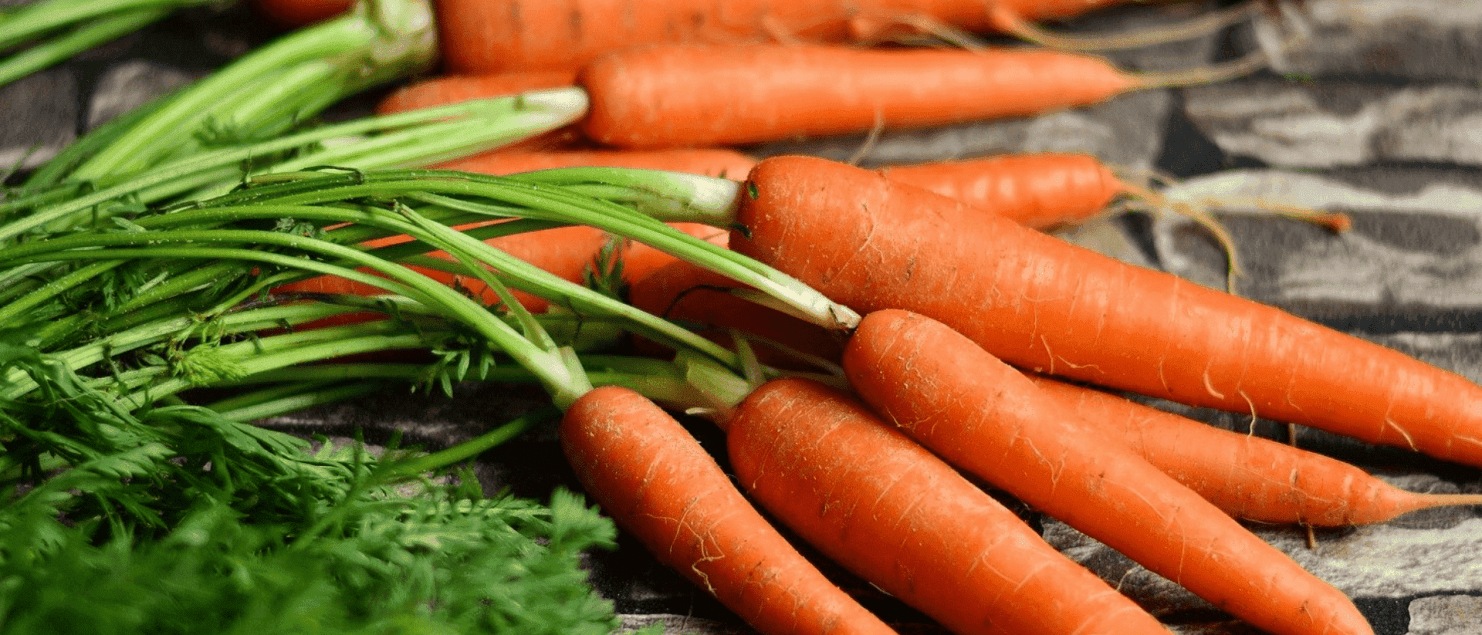Beginner’s Guide: Vitamin A
It is a fat-soluble vitamin that is essential to the body. It is required for normal bone, tooth, skin, and vision development and maintenance. It also helps the immune system by increasing immunity and detoxifying the body. Here are some ideas for adding more vitamin A foods to your diet.
Vision is what usually comes to mind when talking about Vitamin A, especially night vision because it regulates the amount of light that can enter the eye through the retina. It also aids in color recognition and improves low-light vision. To maintain healthy night vision, your eyes require more vitamin A as you age.
There are Two Types
Retinol: Preformed retinol is a form of vitamin A that is active. Primarily found in Beef liver.
Carotenoids: Plant pigments (dyes). When these compounds are consumed, the body converts them into vitamin A. Carotenoids are classified into over 500 different types. Beta-carotene is one such carotenoid. Eating beta-carotene-rich foods may lower one’s risk of developing cancer
Food Sources
It may not seem like much, but vitamin A can be found in some foods we eat everyday. It’s also available as a supplement and if taken correctly should provide your body with enough of this crucial nutrient!
Beef Liver
Vitamin A from beef liver absorbs better than beta-carotene from vegetables. If you want a high dose of the vitamin, eat liver. However, some studies have shown that eating too much may cause liver toxicity and damage. Not sure on how much to eat? Less is more.
Meats
Vegetables
- Pumpkin Seeds
- Dark leafy greens (Collard
- Greens, Mustard Greens)
- Beets
- Orange Melons
- Peaches
- Apricots
- Egg Yolks
Kale
Kale is rich in beta-carotene, an antioxidant that the body can convert into Vitamin A. Antioxidants aid in the removal of unwanted toxins produced by natural processes and environmental pressures.
The food is considered a superfood as it is also loaded with other nutrients including Vitamin C, Vitamin K, and Iron. Nutrients that are essential to the body and help prevent any health issues. Here is a link to a recipe I saved on Pinterest for Kale Pesto and another one for Kale Chips.
Red Peppers
For good reason, red bell peppers are a popular vegetable. They have a rich, sweet flavor and come in many different colors, shapes, and sizes. They are also an excellent source of antioxidants due to their high content of vitamins A, C, E, and K. They’re also low in calories and fat-free.
Its Job
Communication
It helps the cells in the body to communicate with one another. It aids in the maintenance of healthy skin, eyesight, and bones, all of which rely on healthy cell communication.
Immunity
It also helps the immune system by protecting the body from infection and increasing immunity. Its antioxidants can help protect cells from damage or destruction caused by free radicals produced as a result of normal cell activity.
Regulation
The vitamin also aids in the regulation of cell division, allowing an abnormal amount of cell division to be corrected.
Conclusion
There are numerous foods that can help you get enough vitamin A. Sweet potatoes, carrots, spinach, leafy greens, kale, apricots, pineapple, pumpkin, and squash are a few examples. The more variety you include in your diet (particularly fruits and vegetables), the better off you will be!
Sign up for my free email newsletter and get access to tips, tricks & content that will help you live your healthiest life! Ready to take the next step? Book your first coaching session and take 10% off!
My focus areas include nutrition, fitness, mindset, posture, and sleep. I specialize in adult beginners and those starting their wellness journey later in life. I am passionate about helping people live healthier, happier lives. I live in Katy, TX with my two cats, Cheetah and Sorbet.

